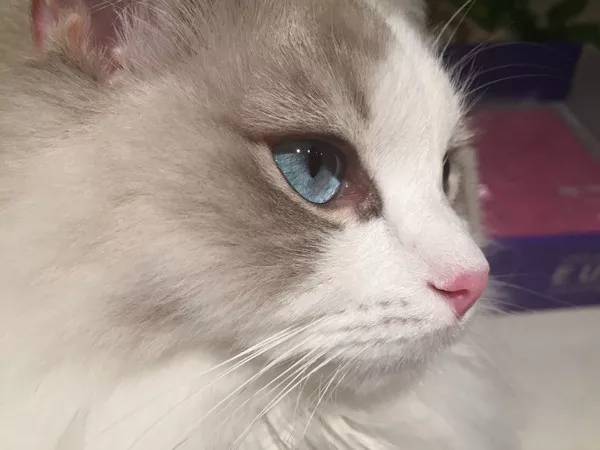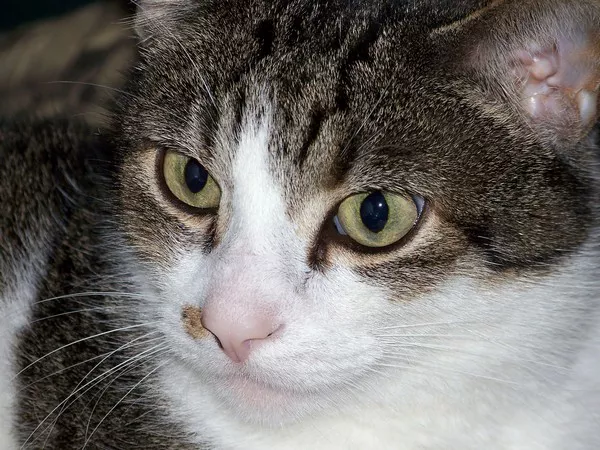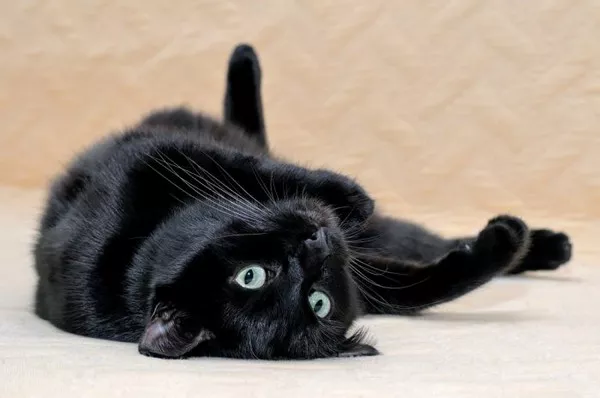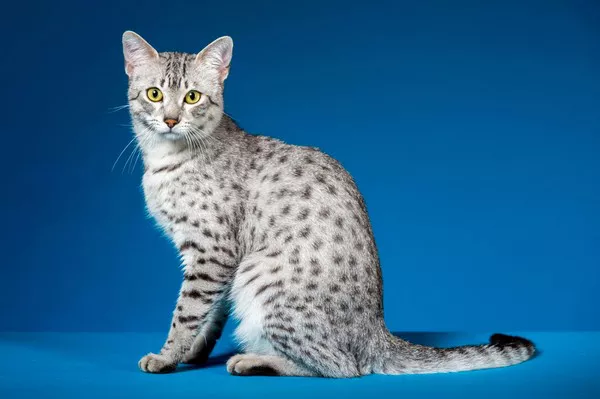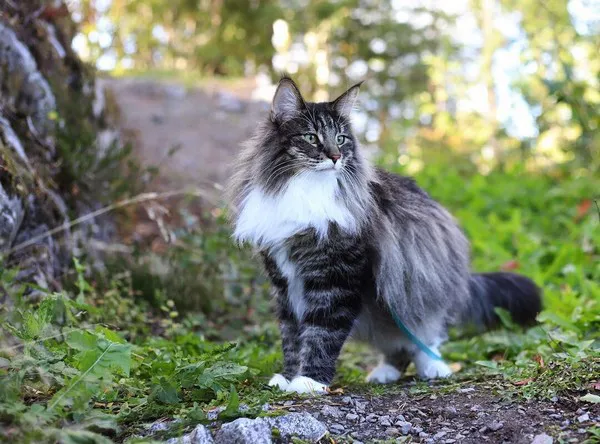Cats have a knack for keeping us on our toes with their enigmatic behaviors, and one such endearing peculiarity is the charming chirping sound known as “trilling.” While our feline friends are known for a range of vocalizations including meowing, hissing, and purring, trilling stands out with its melodious and almost musical quality. But what exactly does this sweet chirping signify? We turned to veterinarians for insights into the reasons behind cat trilling, its meanings, and what it implies when your cat doesn’t partake in this vocal symphony.
Understanding Cat Trilling
Dr. Mondrian Contreras, DVM and Pumpkin Veterinary Advisor, describes cat trilling as a distinct form of vocalization known for its melodious, rolling nature. This captivating sound is often likened to a delightful mix between a meow and a purr, characterized by its chirpy and rolling cadence, as explained by Dr. Mollie Newton, DVM, and founder of PetMe Twice.
The Reasons Cats Trill
Trilling is a multifaceted mode of communication for our feline companions, with origins rooted in the kittenhood days when mother cats employed this sound to interact with their offspring. As cats mature, they may continue to use trills to engage with their human companions or other animals. Here are the key meanings behind cat trilling:
Friendly Greetings: When a cat trills at you, it’s akin to a warm and friendly hello. Dr. Mikel (Maria) Delgado, a cat behavior expert with Rover, emphasizes that this sound typically indicates recognition. Your cat is essentially saying, “hello there!” to a dear friend or family member.
Excitement: If your cat trills in response to you opening a bag of treats or a can of food, it likely signifies excitement, notes Dr. Contreras. This joyful trill conveys an enthusiastic “oh, yay!” in the most charming manner.
Seeking Attention: Trilling is also an endearing way for cats to gently seek attention. Dr. Delgado points out that this sound is reminiscent of the way kittens communicate with their mothers. It’s a softer, kinder voice than a loud meow and slightly more pronounced than a purr. Therefore, cats often trill when they desire affection or are ready to play, according to Dr. Contreras.
Diverse Trills and Their Meanings
Although most trills have a similar core sound, variations in tone and pitch can convey distinct emotions or intentions. A higher-pitched trill may indicate excitement, while a softer trill could signify contentment, suggests Dr. Newton. To fully understand what your cat is expressing, Dr. Contreras advises observing the accompanying body language, including tail movements, ear positioning, and overall demeanor.
When Your Cat Doesn’t Trill
If your cat doesn’t partake in trilling, it’s not necessarily a cause for concern. Each cat has its unique vocalization preferences, and some may be less expressive in this manner than others. Dr. Delgado reassures that cats, like humans, have different personalities and communication styles, and the absence of trilling is not indicative of a problem.
However, if your cat’s trilling behavior undergoes a significant change, especially when paired with other alterations such as lethargy, appetite changes, or behavioral shifts, it may be a sign of discomfort, warns Dr. Contreras. In such cases, consulting your veterinarian is a prudent step to ensure your cat’s well-being and address any potential issues.
In summary, cat trilling is generally viewed as a positive form of communication, and its absence is not inherently problematic. Nonetheless, vigilance in observing changes in your cat’s trilling behavior is essential to ensure their health and happiness. If any unusual signs or symptoms arise, consulting your veterinarian is always a wise course of action.

